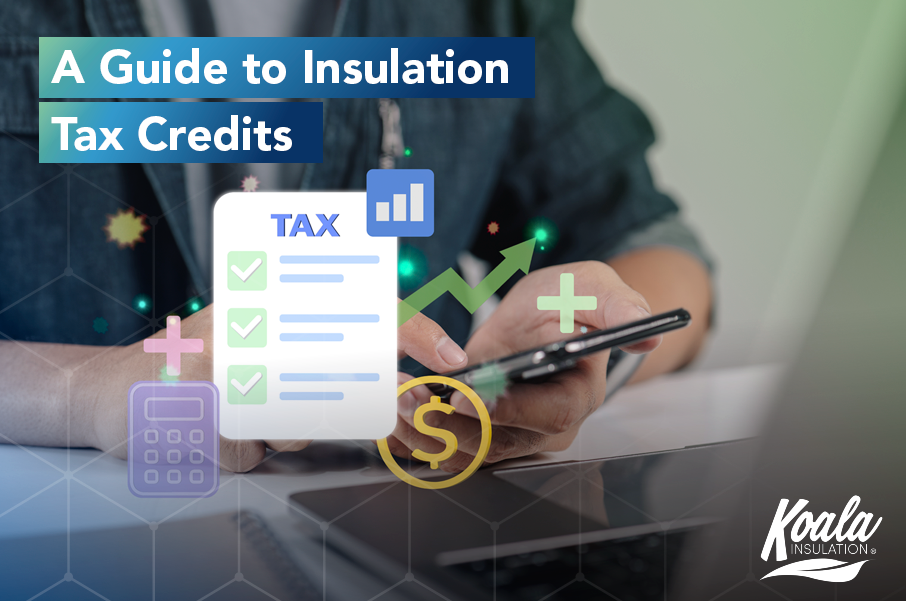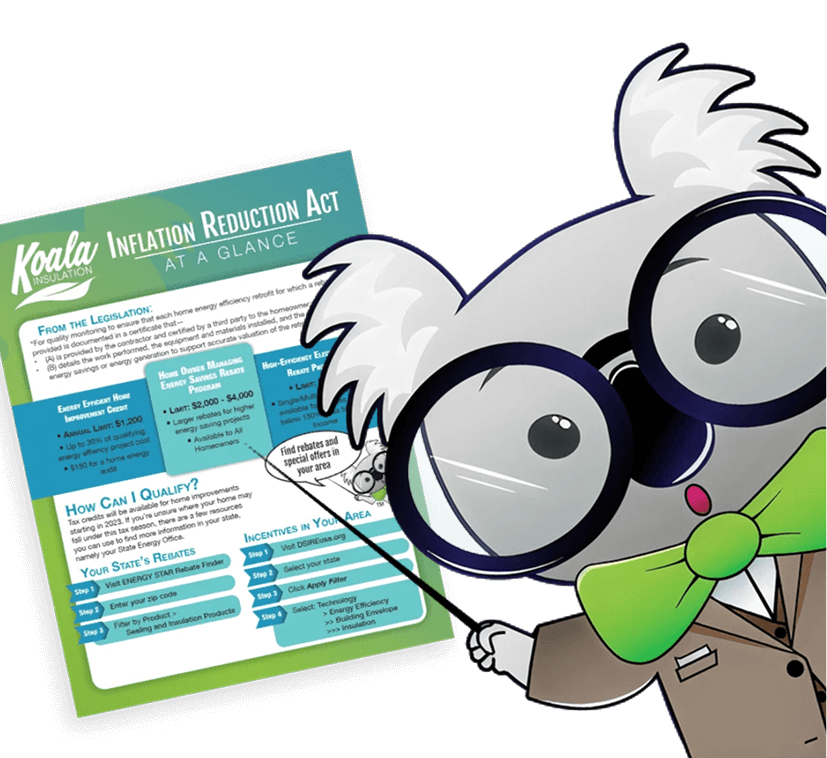A Guide to Insulation Tax Credits for your Home or Business

Insulation is an essential component of any home or business. Not only does it keep your space comfortable and energy-efficient, but it can also provide significant tax savings. Tax credits are available for individuals and businesses that invest in energy-efficient upgrades, including insulation. In this guide, we will provide an overview of insulation tax credits and a step-by-step guide on how to claim them.
Benefits of Insulation Tax Credits
The primary benefit of insulation tax credits is the potential for significant cost savings. Homeowners and businesses can receive up to 30% of the total cost of insulation installation, up to a maximum of $1200 for residential properties. Additionally, investing in insulation can also help reduce your energy bills, as it helps to maintain a consistent temperature within your space, reducing the need for heating and cooling systems to work harder.
Our Guide to Claiming Insulation Tax Credits
Step 1: Determine Eligibility
To be eligible for insulation tax credits, your home or business must have been built before 2017. The tax credit is only available for improvements made to existing properties, not new constructions. Additionally, the insulation must meet the criteria set forth by the government in terms of its energy efficiency and the materials used.
Step 2: Choose the Right Insulation
To qualify for tax credits, your insulation must meet the minimum requirements for energy efficiency. The most common types of insulation that qualify include fiberglass, cellulose, and spray foam. However, it is important to consult with an insulation professional to determine which type of insulation is best for your specific needs and to ensure that it meets the government's criteria for energy efficiency.
Step 3: Keep Documentation
It is important to keep detailed records of all insulation installation costs, including receipts and invoices. This documentation will be necessary when filing your taxes to claim the tax credit.
Step 4: File Your Taxes
When it comes time to file your taxes, be sure to consult with a tax professional to ensure that you are taking advantage of all available tax credits and deductions. You will need to file IRS Form 5695 along with your tax return to claim the insulation tax credit.
How Koala Insulation Can Help
Our team of experts can help you choose the right insulation for your home or business, ensure that it meets the government's criteria for energy efficiency, and provide detailed documentation of all installation costs to help streamline the tax credit claiming process.
If you are interested in investing in energy-efficient insulation for your home or business and want to take advantage of tax credits, contact Koala Insulation today for a free insulation evaluation. Our team of experts can help you determine the best insulation solutions for your specific needs and guide you through the process of claiming tax credits to maximize your cost savings.
Insulation tax credits are a valuable resource for homeowners and businesses looking to invest in energy-efficient upgrades. Take full advantage of available tax credits and maximize your cost savings while enjoying a more comfortable, energy-efficient space.
Contact us today to learn more about how we can help you with your insulation needs and claim insulation tax credits.
Find Your Location


Get a quote



